Blog
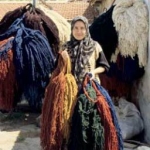
Dyeing and Colours
(Posted on 07/09/13)The dyer is an extremely important, and often somewhat mysterious figure in rug-making. In nomadic and village cultures, the master dyer - almost invariably male - often acts as the tribal wise man, whose advice is sought on a whole range of subjects...
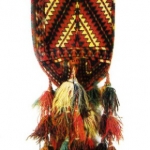
Materials
(Posted on 03/09/13)Oriental rugs always use natural fibers, and any rug containing synthetic material will invariably have been machine made. The only exception to this rule is the occasional use of very small quantities of gold or metallic thread in some workshop and...
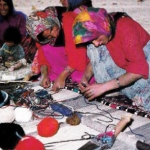
How Oriental rugs are made
(Posted on 27/08/13)All oriental rugs are made in one of two ways: they are either hand-woven (kelims) or hand-knotted (pile rugs). individual weaving groups may adopt slightly varying methods of construction, particularly in the type of knot used to form the pile, and...
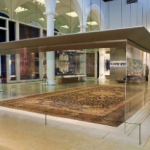
Famous Carpets and Carpet Collections
(Posted on 02/08/13)Apart from the Pazyryk carpet (in the Hermitage, Leningrad), probably the most important, and certainly the best known specimen in existence is the Ardebil carpet which is now housing in London's Victoria and Albert Museum. This masterpiece...

A brief history
(Posted on 31/07/13)It is impossible to say with any degree of certainty exactly when, where or by whom the first pile rugs were made. The materials of rug-making are considerably more perishable than those of other types of artefact and consequently very few examples...
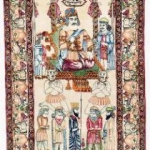
Master-workshop Rugs
(Posted on 29/07/13)The most prestigious and expensive of all contemporary examples of oriental textile art. The term is often loosely applied to any workshop rug of outstanding calibre, but more specifically refers to items produced in a handful of exceptional...
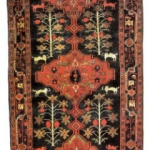
Village Rugs part 2
(Posted on 27/07/13)Contemporary village weaving is largely confined to Persia, Anatolia and, Afghanistan. The overwhelming majority of village-style items from the other rug-producing countries are in fact workshop origin. However, items produced...
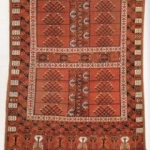
Village Rugs part 1
(Posted on 25/07/13)The term is not used in its literal sense to describe items produced in villages as opposed to cities or towns, but is applied more specifically to a broad category of rugs sharing common features of construction, character and design. In the generally...
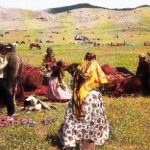
Nomadic rugs part 2
(Posted on 23/07/13)Authentic nomadic weaving is now confined to Persia,Afghanistan and Anatolia (of the major rug-producing areas), although its influence can be found in the workshop items of other regions, particularly the Soviet Union. Although most nomadic tribes...
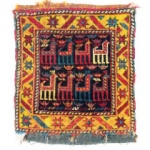
Nomadic rugs part 1
(Posted on 23/07/13)Produced by nomadic and semi-nomadic tribesmen (semi-nomads spend part of the year in villages or settled camps) whose life has traditionally revolved around breeding sheep, weaving rugs and raiding their neighbours' camps. Their passion...




